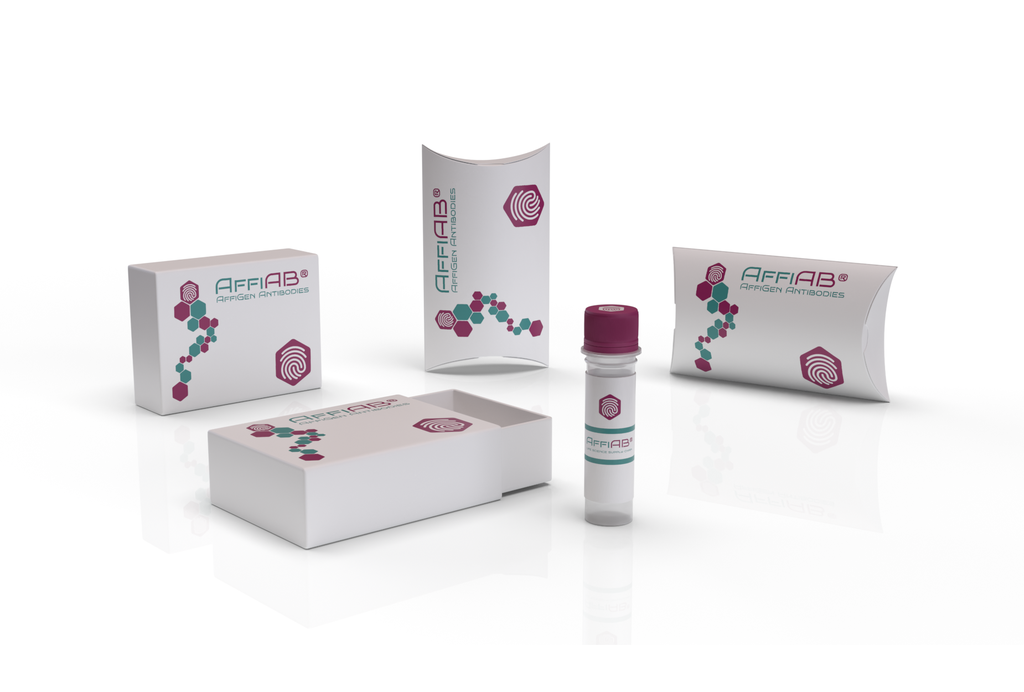AffiAB® Anti-RanBP1 Antibody
This gene encodes a protein that forms a complex with Ras-related nuclear protein (Ran) and metabolizes guanoside triphosphate (GTP) . This complex participates in the regulation of the cell cycle by controlling transport of proteins and nucleic acids into the nucleus. There are multiple pseudogenes for this gene on chromosomes 9, 12, 17, and X. Alternative splicing results in multiple transcript variants. Plays a role in RAN-dependent nucleocytoplasmic transport. Alleviates the TNPO1-dependent inhibition of RAN GTPase activity and mediates the dissociation of RAN from proteins involved in transport into the nucleus. Induces a conformation change in the complex formed by XPO1 and RAN that triggers the release of the nuclear export signal of cargo proteins. Promotes the disassembly of the complex formed by RAN and importin beta. Promotes dissociation of RAN from a complex with KPNA2 and CSE1L. Required for normal mitotic spindle assembly and normal progress through mitosis via its effect on RAN. Does not increase the RAN GTPase activity by itself, but increases GTP hydrolysis mediated by RANGAP1. Inhibits RCC1-dependent exchange of RAN-bound GDP by GTP.
Antibody type
Rabbit polyclonal Antibody
Uniprot ID
SwissProt: P43487 Human; SwissProt: P34022 Mouse; SwissProt: D4A2G9 Rat
Recombinant
NO
Conjugation
Non-conjugated
Host
Rabbit
Isotype
IgG
Clone
N/A
KO/KD
N/A
Species reactivity
Human, Mouse, Rat
Tested applications
WB, IHC-P
Predicted species reactivity
N/A
Immunogen
Synthetic peptide within N-terminal human RanBP1.
Storage
Store at +4°C after thawing. Aliquot store at -20°C. Avoid repeated freeze / thaw cycles.
Form
Liquid
Storage buffer
1*TBS (pH7.4) , 0.2% BSA, 50% Glycerol. Preservative: 0.05% Sodium Azide.
Concentration
1 mg/mL.
Purity
Immunogen affinity purified.
Signal pathway
N/A
Recommended dilutions
WB: 1:500-1:2, 000
; IHC-P: 1:200-1:1, 000
Molecular Weight
23 kDa
Subcellular location
Centrosome, cytosol, nuclear envelope, nuclear pore, nucleus, cytoplasm.
Positive control
293 cell lysate, MCF-7 cell lysate, mouse testis tissue lysate, rat testis tissue, human tonsil tissue, human colon carcinoma tissue, human breast tissue, human esophagus tissue, mouse intestine tissue.
